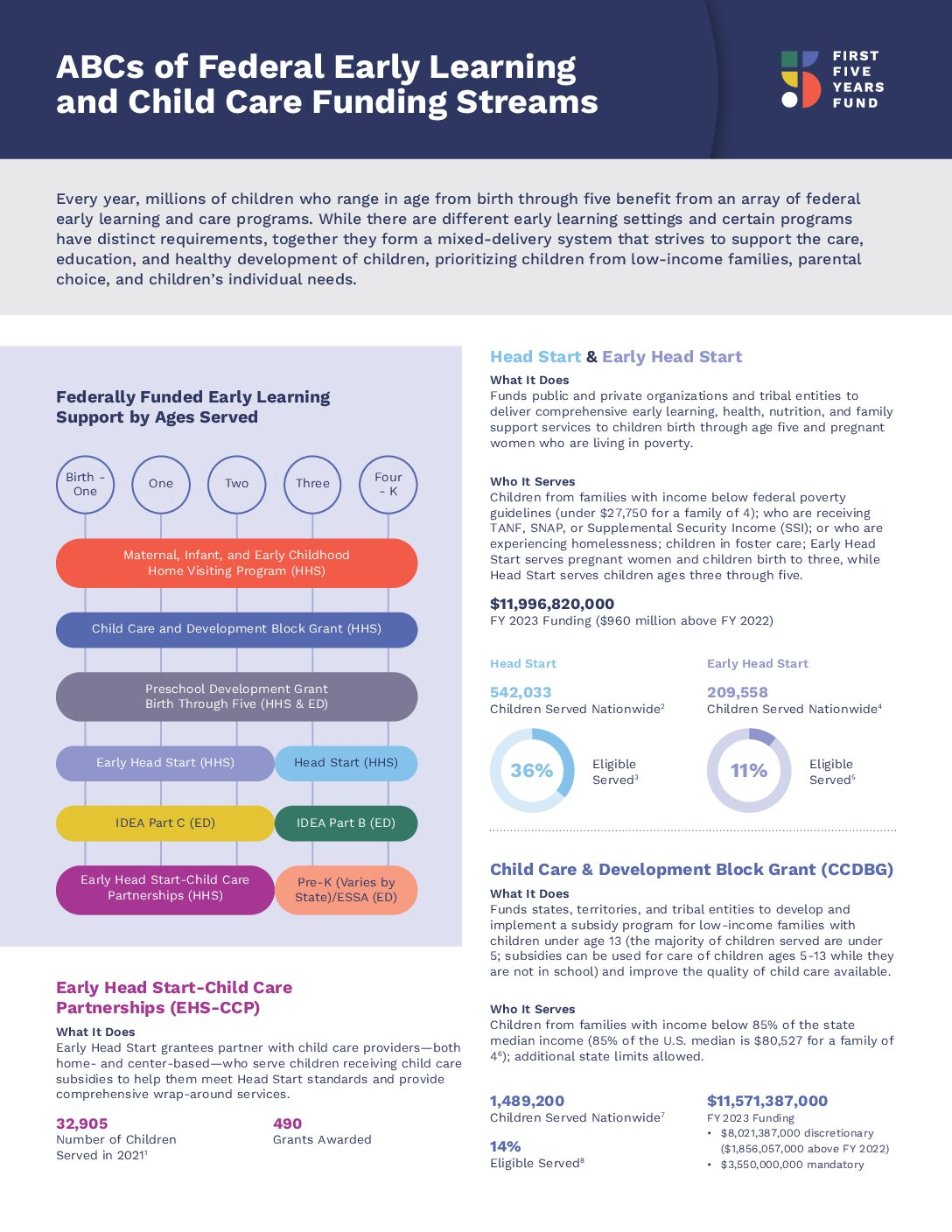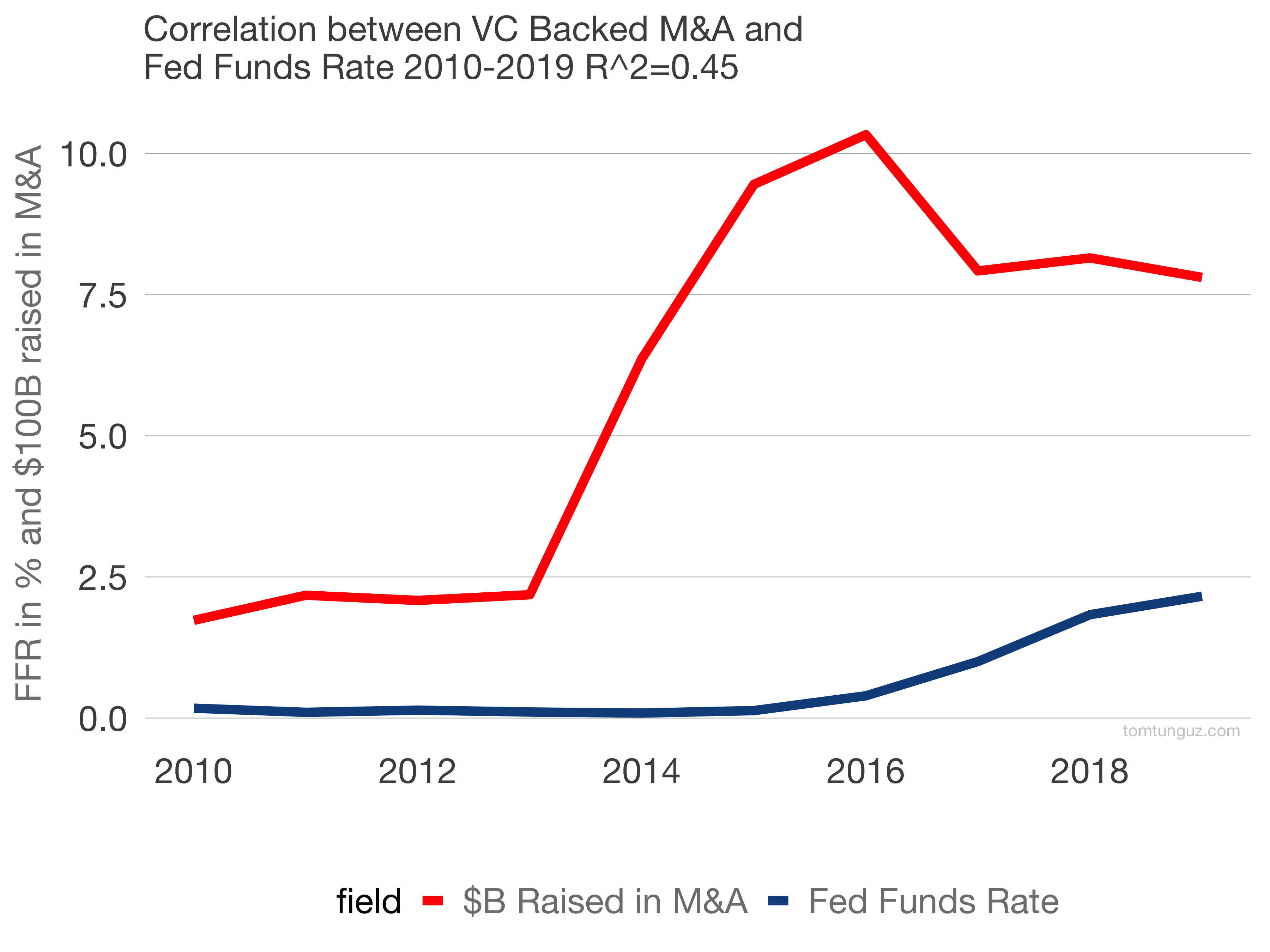Federally funded childcare has emerged as a vital support system for working mothers, providing essential resources that empower them to balance professional responsibilities and family life. Recent research by Nobel laureate Claudia Goldin sheds light on the historical significance of such initiatives, particularly the World War II-era Lanham Act, which aimed to facilitate childcare for women entering the workforce. This act played a crucial role in shaping childcare policy history, demonstrating how federal support for childcare can effectively mobilize labor during periods of need. With growing discussions surrounding working mothers and the unique challenges they face, it’s essential to recognize the potential of federally funded programs in alleviating some of those pressures. By analyzing these historical precedents, we gain insights into the societal shifts that can occur when adequate childcare services are made accessible via federal initiatives.
Childcare supported by government initiatives is critical for assisting parents, especially mothers, in navigating the demands of their careers. The recent findings associated with groundbreaking research by economist Claudia Goldin highlight how wartime programs have historically bolstered women’s roles in the labor market. Alternative terms such as publicly financed childcare reveal the broader implications of financial backing in fostering a supportive environment for families. The Lanham Act, a pivotal piece of legislation from World War II, serves as a case study in effective childcare policy by illustrating how federal investment can address the challenges faced by working mothers. As conversations around childcare continue to evolve, understanding these alternatives provides a richer context for modern debate.
The Impact of Federally Funded Childcare on Working Mothers
Federally funded childcare programs have historically played a crucial role in supporting working mothers, particularly during times of national crisis. Programs established under the Lanham Act of World War II serve as a prime example; these initiatives aimed to bolster the labor force by providing essential childcare services for mothers. This not only allowed women to contribute to the war effort but also challenged societal norms regarding women in the workplace. As reported by economist Claudia Goldin, these nurseries addressed the immediate need for childcare infrastructure, enabling mothers to join the workforce without compromising their children’s care.
Moreover, the lasting implications of the Lanham Act resonate in today’s discussions about federal support for childcare. By creating a framework for inclusive childcare services, the act demonstrated that women’s employment is not only beneficial to the economy but essential during challenging times. Historically, working mothers have often been overlooked in policy discussions, but the success of such federal childcare initiatives reveals the data supporting the need for continuous investment in childcare solutions. Promoting equitable access to childcare options allows for greater workforce participation, leveling the playing field for all parents, especially women.
A Historical Perspective on Childcare Policy
Exploring the history of childcare policies reveals significant evolution over the decades, particularly throughout crucial periods such as World War II. The Lanham Act, introduced in this era, was a groundbreaking effort to recognize the necessity of childcare in supporting working mothers. Claudia Goldin’s research underscores how this act not only facilitated immediate workforce needs but also shaped long-term childcare policies in America. By analyzing its impact, we gain insight into how historical legislation can inform current discussions about working mothers’ childcare access and rights.
The implications of the Lanham Act extend far beyond its original intentions. With a federally funded framework for childcare services, society began to view working mothers not just as a temporary solution to labor shortages but as a vital component of the nation’s economic success. Such historical context instills an understanding of the roots of childcare policy in the U.S. and illustrates the pivotal shifts that have influenced working mothers’ roles in the workforce. As we navigate today’s challenges, understanding this history can help inform future childcare policies that support labor force inclusion and gender equity.
Insights from Claudia Goldin’s Research
Claudia Goldin’s research offers a nuanced perspective on the intersection between federal childcare policies and the labor market. Her study on the Lanham Act reveals that while federal childcare initiatives were designed to mobilize women during World War II, the benefits were most pronounced for women already in the workforce. This insight calls attention to the complex dynamics of labor and childcare that must be considered in contemporary policy-making. Understanding the layers of labor market participation can help policymakers design more effective childcare solutions for working mothers today.
Goldin’s approach emphasizes the importance of historical data in assessing the long-term effects of childcare policy on women’s economic outcomes. She highlights the need for comprehensive records and analysis to fully realize the impact of past initiatives on today’s workforce. By leveraging historical context, her research advocates for informed changes in childcare policy that support both working mothers and the economy. Lessons drawn from the mobilization of mothers during wartime can guide modern discussions on federal support for childcare, ensuring that resources are allocated effectively to enhance opportunities for all families.
The Role of the Lanham Act in Shaping Childcare Policy
The Lanham Act stands as a significant milestone in the development of childcare policy in the United States, providing critical insights into the needs and challenges faced by working mothers. By addressing the necessity for childcare during an economic crisis, this legislation not only supported mothers in the workforce but also laid the groundwork for future childcare policies. The act’s provisions for nurseries and extended services facilitated a shift in societal perceptions of working women, positioning them as essential contributors to the economy.
The historical context of the Lanham Act reminds us that effective childcare policy must consider the broader economic framework. As Goldin points out, the act aimed to mobilize labor during an unprecedented period, teaching us that childcare solutions are often intertwined with national interests. Understanding this connection can inform modern approaches to federal support for childcare, ensuring that policies are designed to uplift working mothers and promote sustainable economic growth.
Challenges and Opportunities in Childcare Access
Despite the advancements made through historical acts like the Lanham Act, significant challenges in childcare access remain today. Many working mothers find themselves navigating a complex landscape of childcare options, often influenced by socio-economic status and location. This discrepancy in access reflects broader issues within childcare policy—where some families receive extensive support while others struggle to find affordable and quality services. Addressing these disparities is crucial for ensuring that all working mothers have the opportunity to thrive in the labor market.
Simultaneously, these challenges present opportunities for reform in childcare policies. By learning from past initiatives like the Lanham Act, policymakers can develop comprehensive programs that cater to the diverse needs of families. Tailoring federal childcare support to reflect the realities facing many working mothers today will be integral as we move towards a more equitable workforce. Promoting policies that prioritize accessible childcare not only benefits mothers and families but reinforces the entire economy, driving growth and innovation.
The Importance of Childcare in Economic Development
The relationship between accessible childcare and economic development cannot be overstated. Studies, including Goldin’s exploration of the Lanham Act, reveal that when working mothers have reliable childcare options, their participation in the workforce increases significantly. This dual impact on labor supply and economic productivity illustrates that investing in childcare is not simply a familial benefit; it serves as a cornerstone for broader economic growth. Ensuring equitable access to childcare allows more parents, especially mothers, to contribute meaningfully to the labor market.
Moreover, the importance of childcare as an economic development strategy is increasingly recognized at both state and federal levels. Incorporating childcare support within economic policy frameworks can generate substantial benefits, alleviating financial pressures on families and enhancing overall worker well-being. Policymakers can draw on historical data from programs like the Lanham Act to understand the potential long-term advantages of such investments. This broader recognition of the crucial role of childcare in economic health underscores the need for continued advocacy and support for robust childcare policies.
Federal Support for Childcare: A Modern Necessity
As today’s workforce increasingly demands dual-income households, the need for federal support for childcare has become more pressing than ever. The historical analysis provided by Goldin illuminates how past policies have shaped our current understanding of childcare needs for working mothers. Recognizing childcare as a critical element of workforce participation is essential for developing modern solutions that address the complexities of today’s family structures. Ensuring that every family has access to affordable and quality childcare should be at the forefront of policy discussions.
Furthermore, boosting federal support for childcare can drive broader economic benefits, creating a more inclusive workforce. By learning from the successes and challenges of historical programs like the Lanham Act, modern policymakers can craft initiatives that uplift working mothers and create a more equitable labor market. Investing in childcare not only benefits individual families but serves as a catalyst for economic growth, enhancing overall productivity and community strength.
The Intersection of Gender Equity and Childcare Services
The intersection of gender equity and accessible childcare services is at the heart of many debates today. As working mothers continue to advocate for representation and equal opportunity, the availability of reliable childcare plays a critical role in fostering gender equity in the workplace. Goldin’s research highlights the significant changes that occurred during the war as women stepped into roles traditionally occupied by men, thanks to the support of federal childcare programs. This historical precedent demonstrates that enabling women to participate fully in the workforce requires robust and accessible childcare solutions.
In contemporary discussions, advocating for equal access to childcare resources resonates deeply with ongoing calls for gender equity. It is essential to recognize that policies designed without considering the unique needs of mothers will not successfully foster gender inclusion. Investing in equitable childcare solutions serves as a foundational element in dismantling barriers that hinder women’s economic participation and amplifying their voices in the labor market. As we push for equitable workplace policies, childcare must remain a central topic in these conversations.
Future Directions in Childcare Policy Reform
Looking forward, the future of childcare policy must focus on reforming structures to better serve working mothers and their families. The lessons drawn from the Lanham Act offer valuable insights into how federal initiatives can be designed to address current challenges. Policymakers are now called upon to create a framework that reflects the diverse needs of families, focusing on accessibility, affordability, and quality. This reform could catalyze significant changes, empowering working mothers and promoting economic resilience.
As research continues to unveil the critical role of childcare in shaping economic landscapes, there is a growing recognition that effective policy reform should include input from families, communities, and economists alike. By prioritizing collaboration among these stakeholders, childcare policies can evolve to meet the modern workforce’s demands. The path forward requires courage and vision, ensuring that the future of childcare not only acknowledges historical precedents but also innovates solutions that inspire lasting change for working mothers and their children.
Frequently Asked Questions
What is federally funded childcare and how does it relate to working mothers?
Federally funded childcare refers to childcare services supported by federal government funding, which aims to assist families, particularly working mothers, in accessing affordable childcare options. This support enables mothers to remain in the workforce while ensuring their children have safe and nurturing environments.
How did the Lanham Act impact federally funded childcare during World War II?
The Lanham Act, passed during World War II, significantly impacted federally funded childcare by allocating funds specifically for nurseries catering to working mothers. This legislation established a national preschool program that facilitated access to childcare for mothers, allowing them to participate in the labor force, thereby serving the war effort.
What historical insights does Claudia Goldin provide on childcare policy in her research?
Claudia Goldin’s research highlights the historical significance of the Lanham Act in shaping childcare policies for working mothers during World War II. She emphasizes that this era’s federal support for childcare created opportunities for mothers to enter the workforce, shedding light on the evolving perceptions of women’s roles in employment and parenting.
How does federal support for childcare under the Lanham Act compare to modern programs like Head Start?
While federally funded programs like Head Start provide essential services to low-income families, the Lanham Act’s childcare provisions were designed for a broader demographic, offering extensive support to all working mothers. Goldin points out that the Lanham Act’s scope made it unique as a comprehensive federal preschool initiative.
What lessons can modern childcare policy learn from the history of federally funded childcare under the Lanham Act?
Modern childcare policy can learn from the Lanham Act’s approach by recognizing the importance of providing universal access to childcare for working mothers. By understanding the historical context and outcomes of federal support for childcare, policymakers can create more inclusive and effective programs that cater to the needs of all families.
How did the establishment of Lanham nurseries address the childcare needs of working mothers?
The establishment of Lanham nurseries during World War II directly addressed the childcare needs of working mothers by providing supervised care and educational resources for children aged 2 to 11. These nurseries allowed mothers to work during wartime, thus facilitating their participation in the labor market and ensuring their children’s wellbeing.
What role did federal contracts play in the implementation of Lanham Act childcare services?
Federal contracts played a vital role in implementing Lanham Act childcare services by funding the establishment and operation of nurseries across various towns. Claudia Goldin’s analysis indicates that these contracts targeted areas with a pre-existing female workforce, enabling greater availability and support for working mothers.
How did societal attitudes towards working mothers change during the Lanham Act era?
During the Lanham Act era, societal attitudes towards working mothers began to shift as their contributions to the workforce became essential for wartime production. Initially met with skepticism, the need for women’s labor led to a newfound appreciation of their role in sustaining industries while balancing childcare responsibilities.
| Key Point | Details |
|---|---|
| Claudia Goldin’s Research | Nobel Prize-winning economist Claudia Goldin examines the impact of the Lanham Act of 1940 on working mothers. |
| Lanham Act Purpose | Originally aimed at financing infrastructure but repurposed to support childcare for working mothers during WWII. |
| Federal Funding | Approximately $52 million allocated from 1943 to 1946 to support nurseries for preschool-aged children and extended care. |
| Target Demographic | The nurseries primarily assisted working mothers, specifically children aged 2 to 11, rather than just low-income families. |
| Labor Market Impact | The establishment of nurseries coincided with increased labor demand for women in industries due to the war. |
| Historical Significance | The Lanham Act remains a unique federal initiative for childcare, as it was a broad program compared to current methods. |
| Research Challenges | Goldin faced difficulties in tracking nursery locations, even as she highlighted the program’s historical importance. |
Summary
Federally funded childcare serves as a vital element in supporting working mothers, as evidenced by the historical analysis of the Lanham Act during World War II. This act was not only significant in its generous federal funding but also in its role in enabling mothers to join the workforce, thereby contributing to the war efforts at a time when their labor was critical. Claudia Goldin’s research underscores the long-term impacts and implications of such policies, highlighting the continued importance of equitable childcare solutions in the economy.



